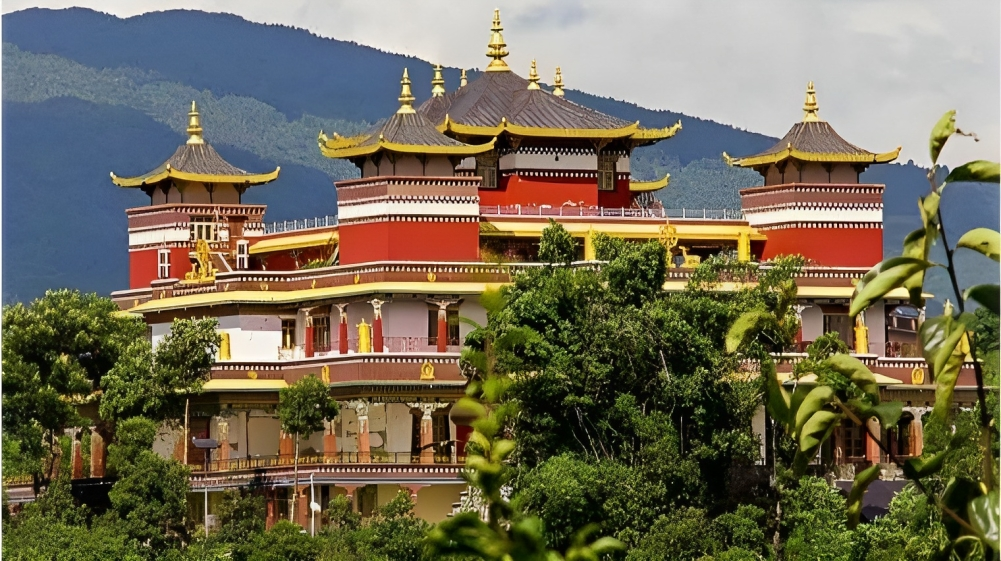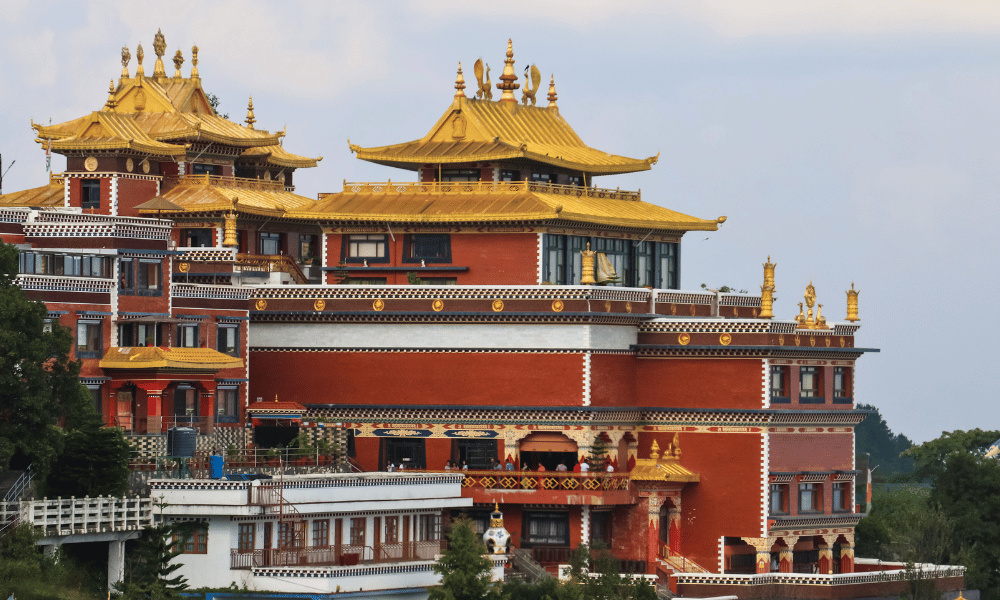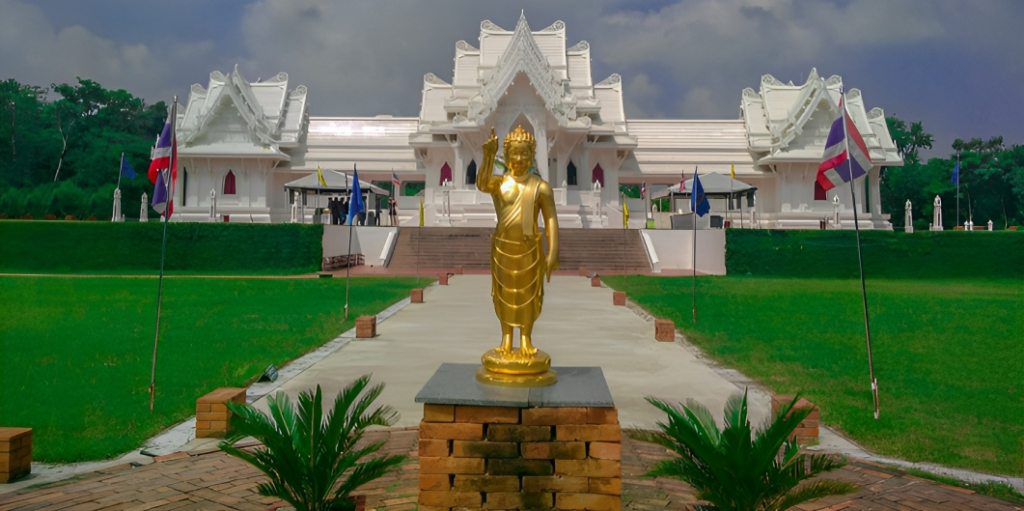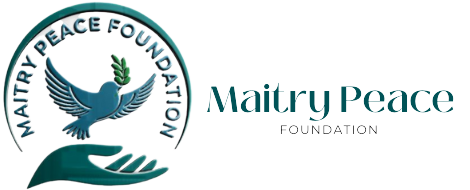Top 5 The best historical Buddhist pilgrim sites in Nepal
If you are here to know about Buddhist places in Nepal it means you like exploring Buddhism and Buddha. So, you are in the right place. If you have already read our previous article “How did Siddharth get the name of Buddha” you can know many
things about siddhartha gautama if you did not read you can read it after reading this article before telling about the Buddhist temple I want to share with you about lord buddha, history of Buddhism, and Buddhist monastery.
The founder of Buddhism, Siddhartha Gautama, was born in the former Nepalese kingdom. The birthplace of Lord Buddha is Lumbini, Nepal. At Lumbini, where Lord Buddha was born, an imperial pillar had been erected by the Indian Emperor Ashoka.
Over time, Buddhism emerged as the predominant religion in the country’s sparsely populated northern regions. King Songtsen Gampo of Tibet was the husband of Bhrikuti, the daughter of the first Licchavi king, Amsuvarma. Legend has it that she received her bridal dowry in the form of the Buddha’s begging bowl. She is credited for bringing Buddhism to Tibet.
Nepal has also produced some excellent Buddhist art. The majority of the ethnic groups living in Central Nepal are Buddhists, and these groups include the Gurung, Bhote, and Magar people. It’s thought that Hinduism has also had an impact on
Buddhism in Nepal.
Another crucial element in spreading awareness of Nepali Buddhism worldwide is tourism. Over 10,000 visitors from all over the world come to Kathmandu each year solely to see the stupas of Boudhanath and Swayambhunath. These architectural
landmarks in Kathmandu are noteworthy and impressive. In addition to these two prominent Buddhist monuments, there are hundreds more Buddhist monuments spread around Kathmandu and other Nepalese cities.
The best site to visit in Nepal to explore Buddhism or Buddhist places
Nepal is a place famous for its Buddhist culture and for lord buddha. There are many beautiful historical places where lord Buddha spent his time. We can say that Nepal is the Buddhist symbol of Buddhism. So, now I want to share about the top 5 Buddhist temples in Nepal that you can visit. So, let’s start and explore Buddhism in Nepal…
1. The Monastery of Bouddhanath

One of the most significant pilgrimage sites in the world, Boudhanath Monastery is Nepal’s largest monastery and is situated east of Kathmandu. Among the most revered sites in Nepal for Buddhists is Boudhanath Stupa, a well-known Buddhist pilgrimage site that is listed as a UNESCO World Heritage Cultural site. Following the Chinese invasion in 1959, thousands of Tibetans visited this well-known Buddhist Chaitya, which stimulated the stupa.
The establishment of Boudhanath was attributed to the Licchavi king Śivadeva of Nepal (c. 590–604 CE), however, some Nepalese chronicles place it during the rule of King Mānadeva (464–505 CE). According to Tibetan traditions, during an excavation in the late 15th or early 16th century, a mound was found on the spot where the bones of King Aṃshuvarmā (605-2611) were found.
Location: Bouddha, Kathmandu
2. The monastery of Swoyambhunath

Located on a hilltop in the Kathmandu Valley lies the fabled Buddhist temple known as Swayambhunath Monastery. Many consider it to be among the world’s oldest monasteries. The literal translation of Swayambhunath is “the self-existent.” As
enormous monkey tribes frequently frequent the area, the temple is also known as the monkey temple. The Buddha eyes that gaze out over the valley, a recognizable image of Swayambhunath Monastery, are present.
The Monkey Temple, or Wayambhunath Stupa, is located in Kathmandu, Nepal.
Swayambhu means “self-existence.” An inscription from 460 AD claims that King
Manadeva constructed this temple in the thirteenth century. For Buddhists, the
Swayambhunath shrine holds great significance.
Location: Chhauni, Kathmandu
3. Monastery of Kopan

Located on the hill behind the Bouddhanath Stupa is the Tibetan Buddhist monastery known as Kopan. More than 300 Tibetan Buddhist monks reside in the monastery, which is perched atop Kopan Hill. Beneath a majestic Bodhi tree, it was formerly the residence of the King of Nepal’s astrologer. A broad perspective of the breathtaking Himalayan mountain range and the village of Boudha below is also available from the Kopan Monastery.
Location: Kathmandu’s Kapan
4.Monastery of Namobuddha

38 kilometres east of Kathmandu is Namo Buddha. For Tibetan Buddhists in particular, Namo Buddha is one of the valley’s most significant pilgrimage sites. Here, in one of his former incarnations as a prince, the Buddha offered up his body to feed a famished tigress and her cubs. It tells an incredible story of the Buddha, which ishonoured by a Stupa with the all-seeing eyes of Lord Buddha and an old stone slab. Thrangu Rinpoche created the Namo Buddha shrine to symbolize the three yanas, or paths.
Location: Dhulikhel, Kavre
5. Lumbini

The birthplace of Lord Buddha, Lumbini, is one of the world’s most visited pilgrimage sites. The UNESCO has designated Lumbini as a World Heritage Site. It is one of the four main Buddhist shrines honouring the moments that mattered most in the life of the Buddha. The Maya Devi Temple is among Lumbini’s most picturesque features. Excavated a few years ago, this temple honours Maya Devi, the mother of Lord Buddha.
The China Temple, the Sacred Maya Devi Temple, the Ashoka Pillar, and the Sacred Pond continue to be Lumbini’s principal draws. Lumbini has an international vibe with a message of brotherhood and friendship that is worldwide because of the shrines and monasteries that were constructed by several nations at different times and in diverse architectural styles.
Where: Lumbini
If you want to visit this place you can contact us
